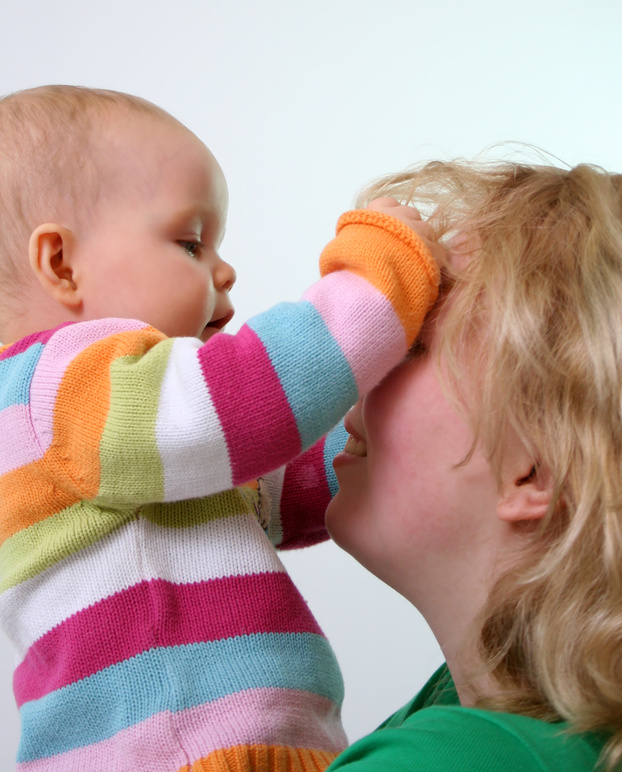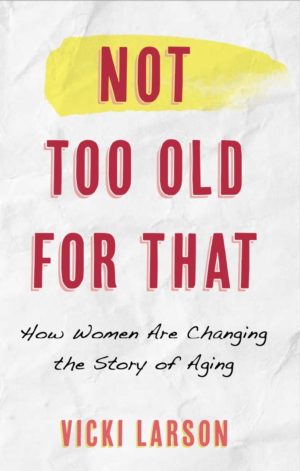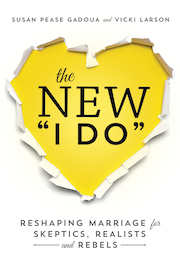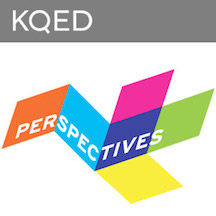There has been a lot of hand-wringing about single mothers and the rise of children being born outside of marriage nowadays. About a third of children in the U.S. live with an unmarried parent, according to the Pew Research Center — 34 percent, up from 9 percent in 1960 and 19 percent in 1980. While many of those parents are single, about 4 percent of children live with two cohabiting parents. In fact, 59 percent of all births outside of marriage occur to parents who are cohabiting. 
All of which worries people. Married couples tend to be more stable and more financially sound, according to some studies, while cohabiting parents are more likely to split up.
But splitting up isn’t always what a couple wants — or expects — when they move in together to raise a child. Parents who live together aren’t necessarily “rejecting” marriage or preferring to raise their kids solo, according to one study; they often consider marriage out of their reach and so see cohabitation as a viable option. In fact, 63 percent of single moms intend to marry one day. Whether that intention proves to be a reality is a different matter.
Long history
All of which made me wonder whether this “having kids outside of marriage” thing is unique to recent generations or not. As it turns out, there’s a long history of children born outside of marriage, often to cohabiting parents. Not surprisingly, it was just as upsetting to society then as it is now. And yet, there are striking similarities on why couples chose not to marry back then and today.
Here’s what University of Minnesota professor Anna Clark writes in Desire: A History of European Sexuality:
From about the middle of the eighteenth century, the number of women who gave birth out-of-wedlock exploded. Historians first blamed rising illegitimacy on a ‘bastardy-prone subculture.’ But closer investigation soon proved that legitimate fertility rose at the same time as illegitimate fertility … Moralists and policy makers were even more concerned about illegitimate children who might become a burden on the state. They often blamed unmarried mothers for leading men astray. … Working-class people did not start having children out-of-wedlock in such great numbers because they were promiscuous or because they followed an alternative morality. Instead, their old courtship customs no longer fit changing times. … Many working people would have liked to marry but could not afford a wedding. In nineteenth-century Paris, one out of every five couples was living together without a marriage license, and almost a third of births took place outside marriage.”
Similarly, historian Ginger S. Frost notes in Living in Sin: Cohabiting as Husband and Wife in Nineteenth-Century England, that while cohabiting couples between 1800 and 1850 were a minority, most “showed a desire for a ritual and a life-long commitment.” For the most part poor, these couples “usually wanted a permanent, stable union, not promiscuity.”
Do you see any similarities to the discussions we have today? I do. Not too long ago, GOP presidential candidate Sen. Rand Paul blamed the protests in Baltimore on “the breakdown of the family structure, the lack of fathers, the lack of sort of a moral code in our society,” while another GOP presidential candidate, Rick Santorum, blamed single moms for “breeding more criminals” and ruining the country.
As Kathryn Edin and Maria Kefalas write in their ground-breaking book Promises I Can Keep: Why Poor Women Put Motherhood Before Marriage, most of today’s single moms want a “permanent, stable union.”
And the single fathers? What do they want? (no one seems to ask).
Different paths to motherhood
But, it’s easier to shame and blame women even though not everyone arrives to single motherhood the same way. Some escape abusive partners, some are widowed, some get pregnant by rape or sexual abuse, some are abandoned by their partner, some are divorced, some have unplanned pregnancies and, yes, some actively choose it. Doesn’t matter; they’re all treated the same.
According to Robin LeBlanc, a professor of politics at Washington and Lee University and a single mom herself:
Single mothers are still a problem to be fixed. On the left, they’re seen as victims of failed social policy. On the right, a symptom of moral failure. It’s interesting that most of us no longer think of gayness as a problem that needs to be fixed, but single mothers are still viewed that way.”
Society isn’t happy with single moms; according to a 2011 Pew Research Center study, nearly seven out of 10 said the trend toward single mothers was bad for society (although writer Tracy Mayor in Brain, Child magazine calls out the actual question asked by Pew researchers — how people felt about “more single women deciding to have children without a male partner to help raise them,” not whether they think single mothers per se are bad for society. Being a single mom by choice is not the same as being a single mom by chance. Really!
In any event, if cohabiting couples suddenly put a ring on it, would their lives improve or would something else help them, like, say, affordable child care, health care and housing, and better pay? And maybe tax breaks for caregiving — how about that? There are more than 1,000 financial perks and legal protections, including tax breaks, for people who are legally married. Cohabiting parents? Nothing.
In South Korea, where 90 percent of children born to single moms are put up for adoption, single moms are becoming activists to fight back against societal prejudice. What about us?
Now that same-sex couples can legally marry in the States, perhaps it’s time to fight for equality for the unmarried.
Is it OK to basically discriminate against unmarried parents? Do we want to protect children or do we want to protect the institution of marriage? And if our concern is truly just about children, then why do we privilege all married couples — even if they choose not to have kids?
Want to have a parenting marriage? Learn how by ordering The New I Do on Amazon, and, while you’re at it, follow TNID on Twitter and Facebook.
















